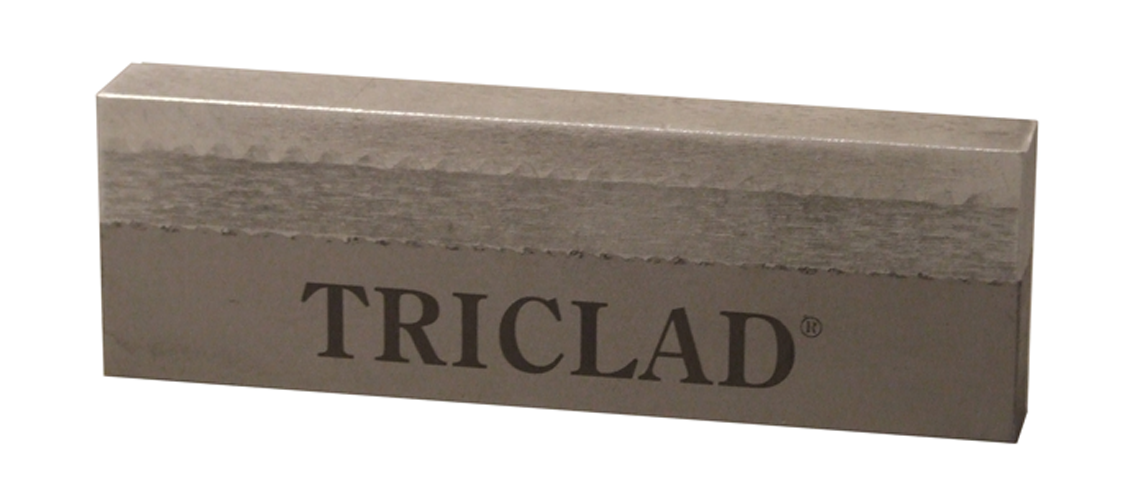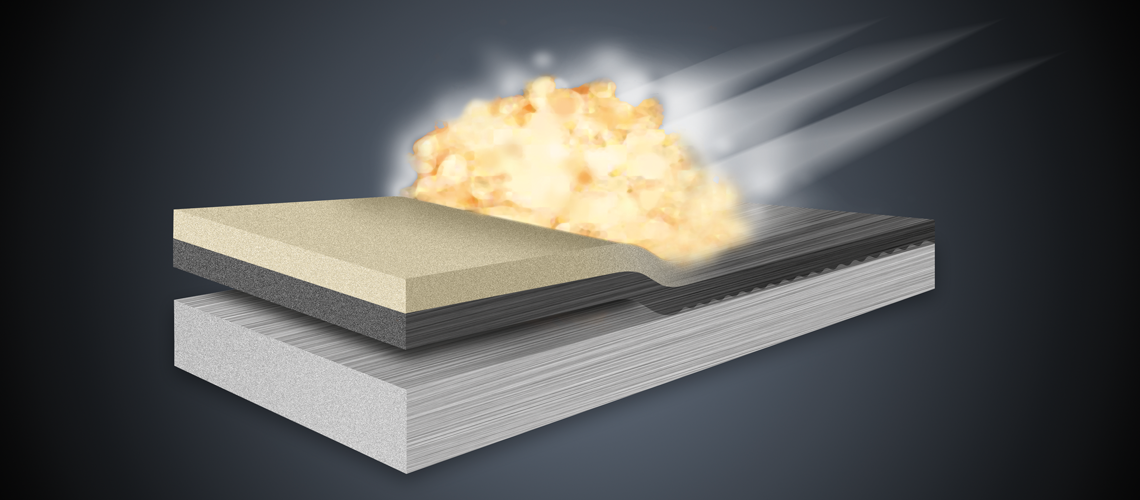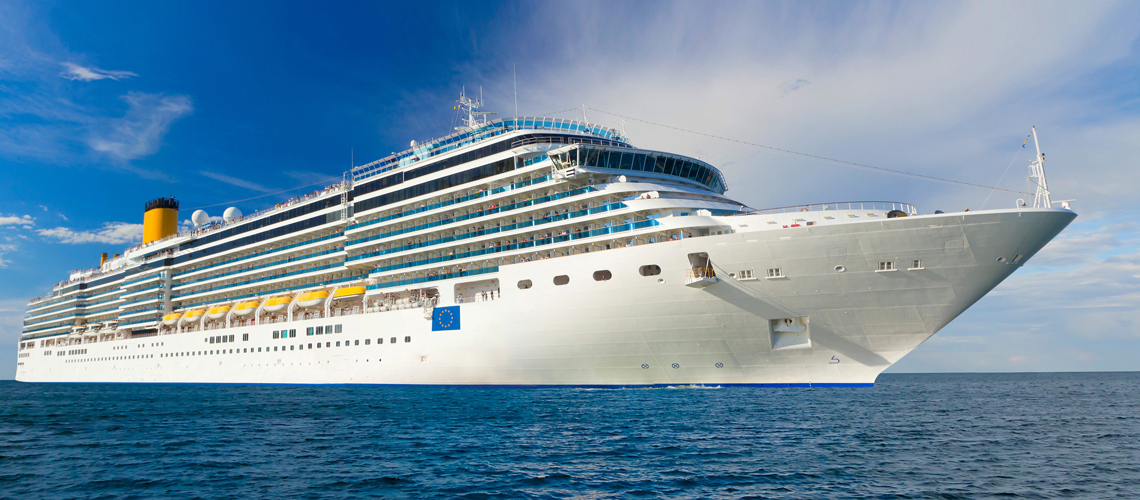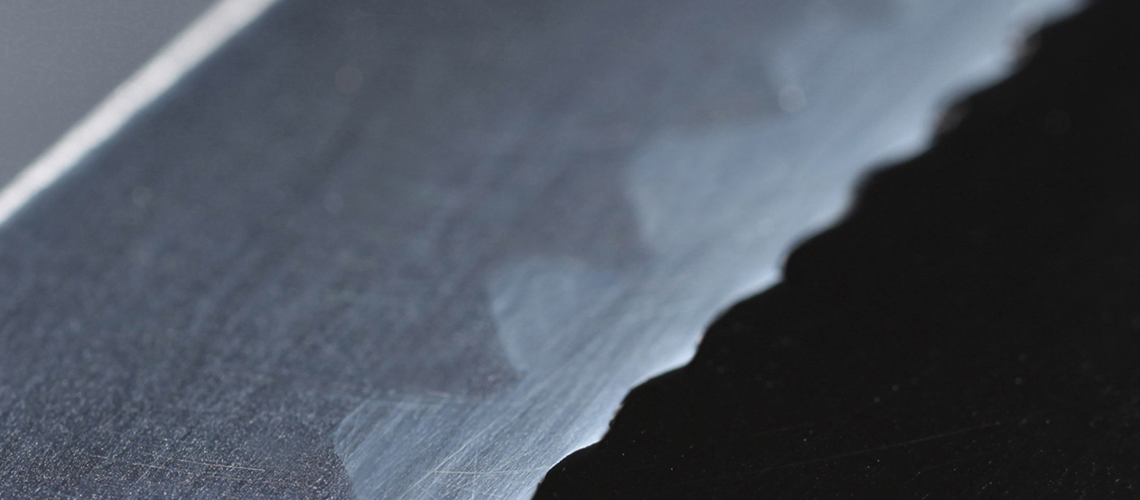
What is a structural transition joint?
What is a structural transition joint?
Structural transition joints (STJ) are bimetal strips that make it possible to weld different metals together. These strips are mainly used when two metals cannot actually be connected to each other. If a conventional welding process is not possible, a mechanical joining technique should normally be used. With transition joints, the use of these mechanical connection techniques has become obsolete. These mechanical joining techniques have the disadvantage that corrosion can occur after a relatively short period of time. Obviously, this is highly undesirable in various industries. Due to the advantages of joining aluminium and steel, structural transition joints (STJ's) are widely used in shipbuilding. But what is a structural transition joint exactly?
Structural Transition Joints are able to join a wide range of materials that would otherwise have to be mechanically fastened. STJ's are used in the shipbuilding industry becausethe joining of these materials saves weight and exploits the best properties of both materials.
History of Structural Transition Joints
Shipbuilders are familiar with the advantages of Structural Transition Joints for years now. The possibility toweld aluminium and steel together expands the lifetime of a ship.
In the past, there were more traditional ways of attaching these metals to each other, such as riveting and bolted joints. For years these techniques have been used, but these ways of joining steel and aluminium together have some major disadvantages. One of the main disadvantages is the occurrence of corrosion. This is mainly due to the large differences between the thermal expansion coefficients of aluminium and steel. In case this happens, seawater can seep into the metal compound (causing corrosion). When corrosion occurs, there are just a few solutions left to save the boat: replace the entire transition between steel and aluminium or replace the entire wheelhouse. Both options are of course very expensive. It has become clear that several industries needed another way of joining aluminium and steel together. Therefore, structural transition joints are widely used inshipbuilding nowadays.
Structural Transition Joints (STJ) explained
Structural Transition Joints (STJ) explained
Structural Transition Joints and explosion welding
Fusion welding was the most widely used technique for connecting aluminium to steel. However, the intensive heat dissipation during this process ensures that the dissimilar joints are susceptible to porosity. The result: poor mechanical performance.
Explosion welding was used to obtain a good, solid weld. This method of welding is very popular when it comes to bringing together two dissimilar metals. This method is not only fast, but also very efficient.
Usage of Structural Transition Joints
The joining of aluminium with steel is widely used in various industries. Think for example of applications like:
- The connection of the aluminium superstructure with the steel hull in the shipbuilding industry
- The connecting the aluminium underframe to the steel fuselage in the automotive industry
There is a major problem when connecting aluminium to steel: the big difference in material properties. Whenaluminium and steel were connected, a brittle Al-rich IMC layer was formed. A structural transition joint is the only way to build a reliable ship. In other words, STJ’s can make a shipbuilders’ life a lot easier. With the superior strength of a Structural Transition Joint, a steel hull and aluminium structure can be connected. Structural Transition Joints like TriClad are used for joining structures made from dissimilar metals.
When problems occur with traditional mechanical means or when the fusion welding of two metals is not possible, many turn to TriClad®, the product that has been serving the marine industry for decades.
TriClad: a Structural Transition Joint for yacht building and navy
TriClad® is a structural transition joint patented by Merrem & la Porte which is mainly used in luxury yacht building and navy. DMC NobelClad is the largest explosion welding organization in the world and supplies the board material for our Triclad® strip. We represent DMC NobelClad worldwide in its structural transition joints focused on luxury yacht building and navy.
Read more about TriClad:
Product | Production | Advantages | Approach | Brochure | FAQ | Contact
Find out more about structural transition joints and TriClad:
About TriClad | General background of explosion cladding | TriClad's corrosion resistance | Welding aluminium to steel | Joining aluminium to steel | Aluminium steel welding | What is a structural transition joint | Structural transition joints: DetaCouple and TriClad | Explosion welding | Explosion bonding | Explosion cladding | The application of TriClad in the marine industry | TriClad plate in strips - cut on demand for you | TriClad for cruise ships | Yacht TriClad | Marine TriClad







